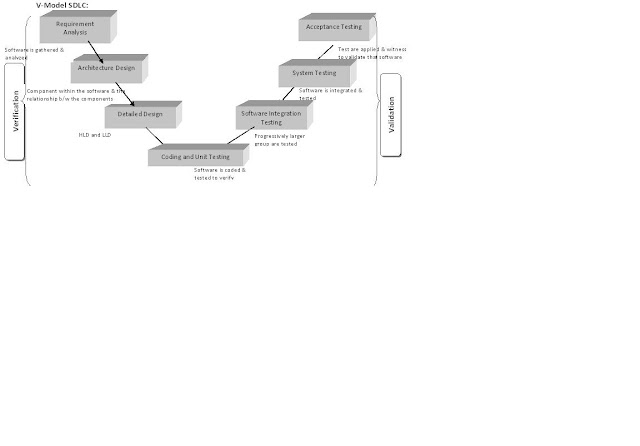Testing Technique
Types of Testing Techniques:
1. Equivalence Partitioning
2. Boundary Value Analysis
3. Error Guessing.
Equivalence Partitioning: Dividing the input domain into classes of data for which test cases can be generated.
Equivalence Class: A portion of a component input or output domain for which the component behavior is assumed to be the same from the component specification.
Boundary Value Testing:
Boundary Testing: Test which focus on the boundary or limit condition of the software begins tested.
Boundary Value Analysis: BVA is similar to equivalence partitioning but focus on “cover –cases”, or values that are usually out of range as defined by the specification. This means that if a function expects all values is range of negative 100 to positive 1000, test input would include negative 101 & positive 1001.
Error Guessing:
In software testing, error guessing is a test method in which test cases used to find bugs in programs are established based on experience in prior testing. The scope of test cases usually rely on the software tester involved, who uses past experience and intuition to determine what situations commonly cause software failure, or may cause errors to appear. Typical errors include divide by zero, null pointers, or invalid parameters.
Error guessing has no explicit rules for testing; test cases can be designed depending on the situation, either drawing from functional documents or when an unexpected/undocumented error is found while testing operations.
1. Equivalence Partitioning
2. Boundary Value Analysis
3. Error Guessing.
Equivalence Partitioning: Dividing the input domain into classes of data for which test cases can be generated.
Equivalence Class: A portion of a component input or output domain for which the component behavior is assumed to be the same from the component specification.
Boundary Value Testing:
Boundary Testing: Test which focus on the boundary or limit condition of the software begins tested.
Boundary Value Analysis: BVA is similar to equivalence partitioning but focus on “cover –cases”, or values that are usually out of range as defined by the specification. This means that if a function expects all values is range of negative 100 to positive 1000, test input would include negative 101 & positive 1001.
Error Guessing:
In software testing, error guessing is a test method in which test cases used to find bugs in programs are established based on experience in prior testing. The scope of test cases usually rely on the software tester involved, who uses past experience and intuition to determine what situations commonly cause software failure, or may cause errors to appear. Typical errors include divide by zero, null pointers, or invalid parameters.
Error guessing has no explicit rules for testing; test cases can be designed depending on the situation, either drawing from functional documents or when an unexpected/undocumented error is found while testing operations.


Comments
Post a Comment